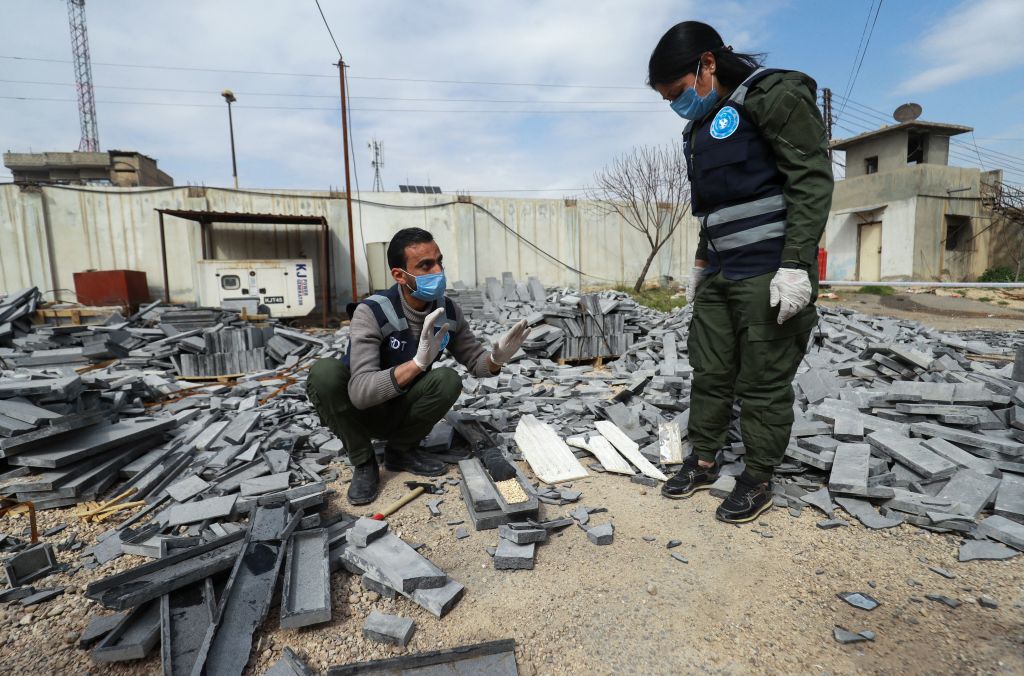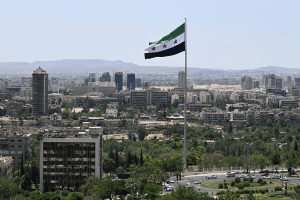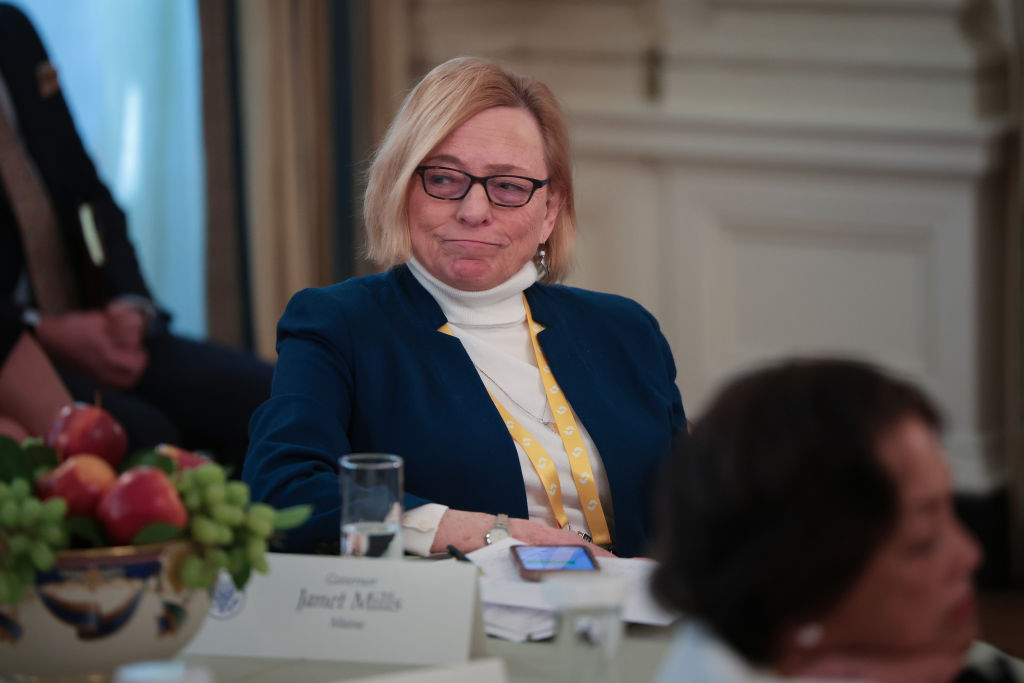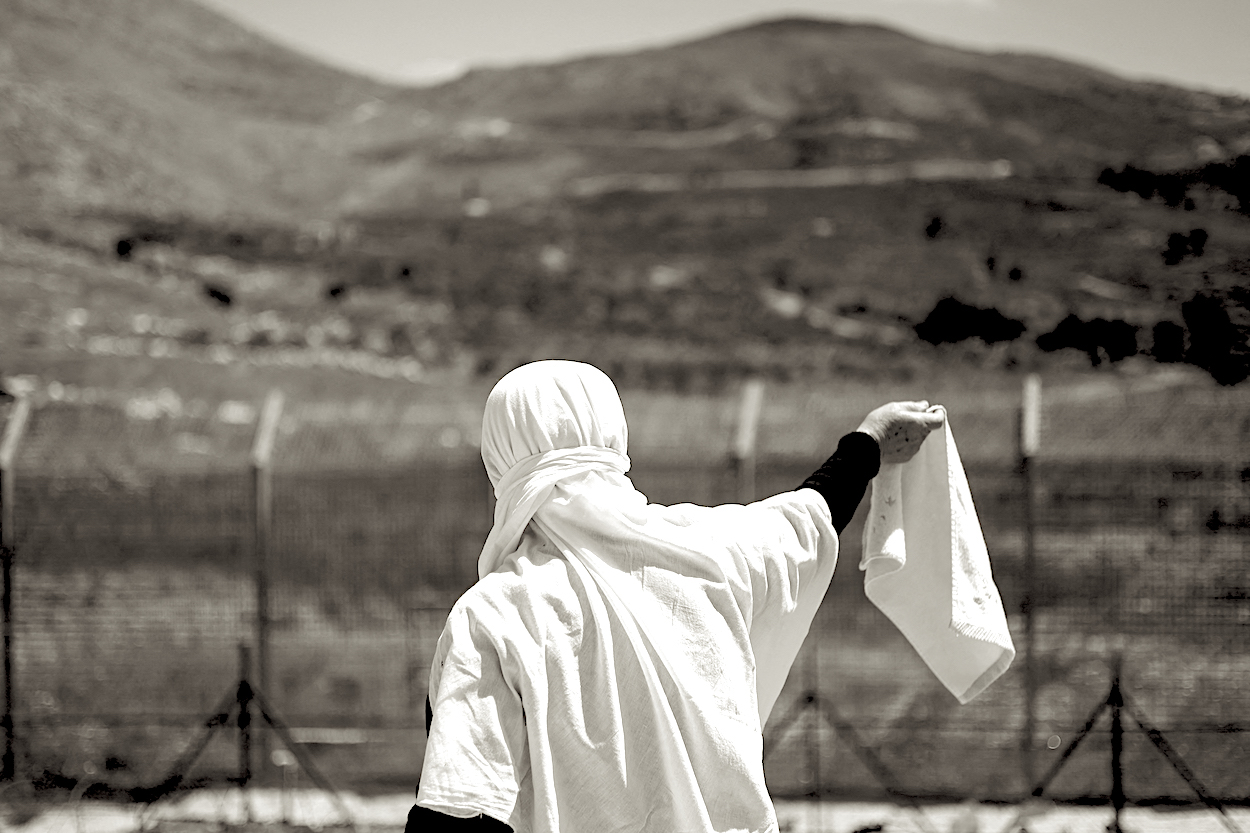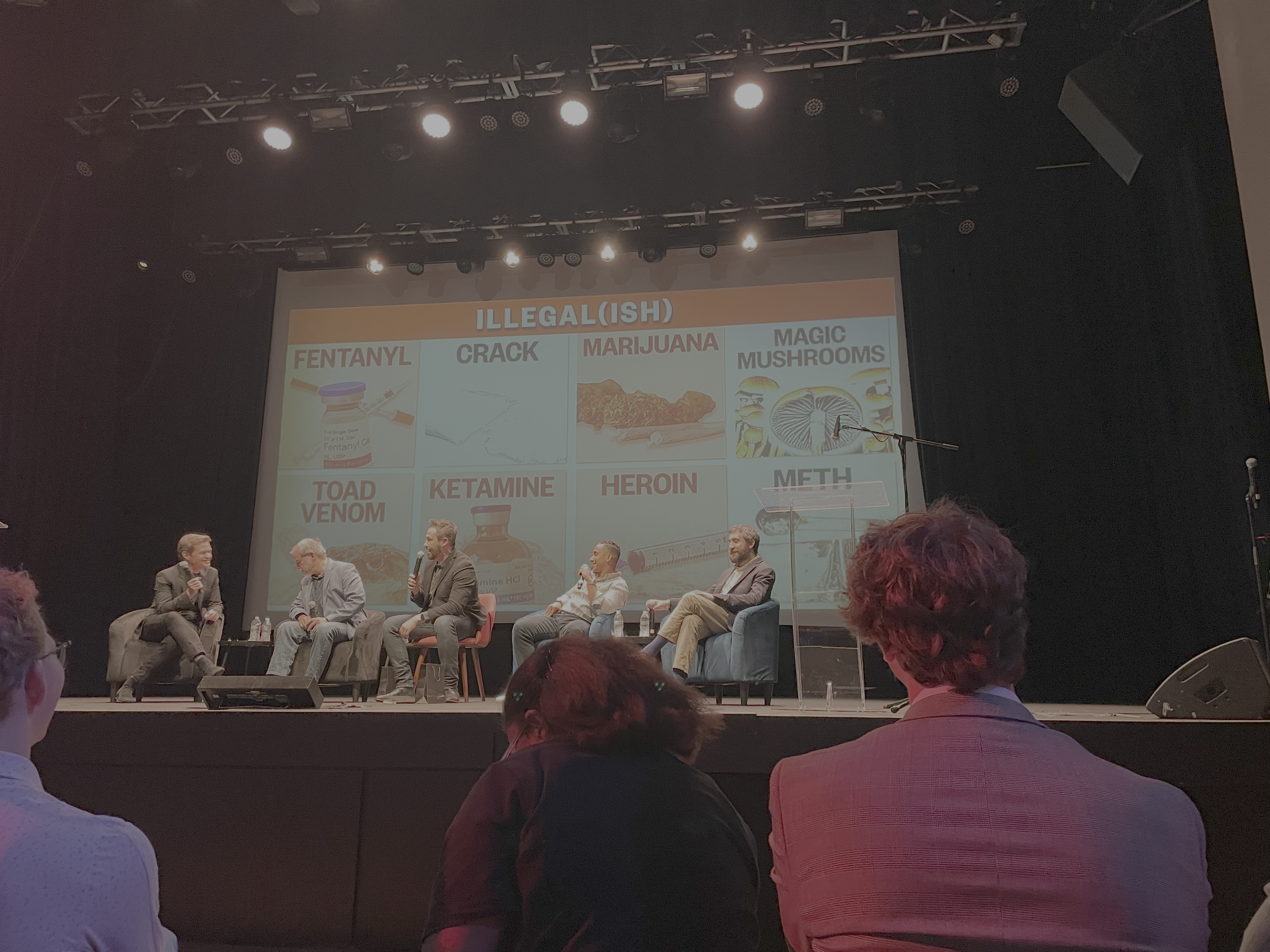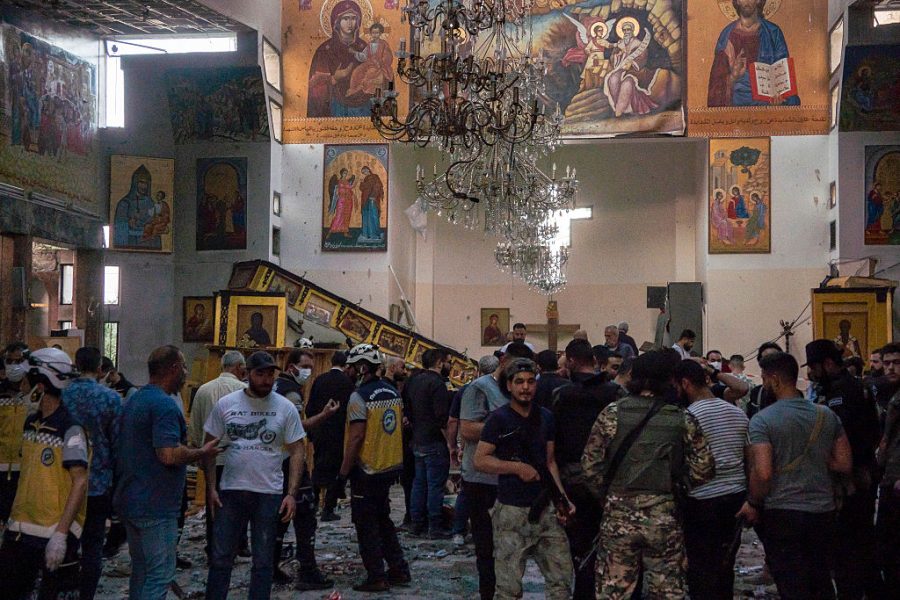There is a drug war brewing in the Middle East, and Syria is at its center. The country has been destroyed by its eleven-year civil war, and in the ruins of what was once a prosperous country, an entirely different economy now takes shape. It’s an economy of poverty and privation, where food and energy prices are perpetually high, and supplies of basic commodities are uncertain.
The regime of Bashar al-Assad, now unlikely to be overthrown, has become the Middle East’s biggest moocher — a rent-seeking entity that begs for “reconstruction” funds from nearby monarchies to keep its own corrupt machinery in operation.
Wartime brings its own economic calculations. As old authority disintegrates and civil society buckles, what was once illegal and punished becomes lucrative and practical. In war, the “dark” or illegal economy soon vacuums up labor and capital. In Syria, this included the widespread manufacture and selling of illegal drugs, including hashish and, most notably, an amphetamine commonly called Captagon.
Captagon is a cheap stimulant and has the same attractions as other recreational drugs, with some extras. It allows many in war to escape the unhappy present and the requirements of conscious participation in miserable existence.
And on the battlefield, the drug makes fighters alert on dreary watches; it gives them false courage; it stops them from feeling the most debilitating effects of pain; and it is rumored to keep drugged soldiers fighting on after receiving ultimately un-survivable wounds.
Captagon has obvious downsides. It is addictive and addiction does lasting physical and neurological damage; and it can kill by overdose. Its ramshackle and criminal manufacture means the quality of drugs supplied is uncertain and frequently dangerous.
As several recent reports document, the production of this drug has changed during the course of the war. Where once, as Caroline Rose and Alexander Söderholm document in a major recent study, production was concentrated, small-scale, and in rebel areas, now the drug is manufactured in industrial quantities in government territory, with the increasingly overt approval of the regime.
With Syria’s legitimate primary and secondary industries still in states of disarray and collapse, Captagon has become a serious export. Allying with criminal networks across the region, Syria exports Captagon in creative ways, and at an eye-popping scale.
Foreign jurisdictions routinely seize millions of pills — sometimes hidden in crates of fruit, or run directly across borders at high speed. The Jordanian military, which this year alone has seized 16 million pills, is increasingly open on the subject of its growing war with the smugglers. It advertises its new policy: shooting to kill on sight.
The vast majority of these drugs are neither spotted nor seized. They simply cannot be, given the growing scale and seriousness of the drug economy emanating from Syria.
In trying to explain their confiscations, foreign countries are sometimes at a loss. The problems of black markets and the illicit smuggling of unregulated substances are real enough, as are the clear links to international organized crime.
But when pressed on seizures, some local authorities defer to judgements that are out of date. When Italy seized millions of tablets in 2020, its police maintained, in the face of little evidence, that the shipment was intended to finance the Islamic State (ISIS).
This is unlikely to be true. Suhail al-Ghazi, writing for the Turkish Center for Middle Eastern Studies (ORSAM), notes that the majority of Syria’s Captagon production rests with Hezbollah and the Syrian regime, which sell drugs through long-standing narcotics trafficking operations dating back at least to the 2006 war.
But these other manufacturers and beneficiaries are hardly better than a desiccated Islamic State. The ancillaries of their drug smuggling are no less brutal.
Their markets are in the Mediterranean and the Persian Gulf. Jordan’s military happens to be in between Syria and these markets.
Syria’s emergence as a narco-state has broad implications. The drugs themselves are social and political menaces for Syria’s many neighbors. But so is the infrastructure they require and reward. A drug trade produces drug smugglers and drug gangs. It makes a drug gang out of what was once a government. Growing out of a pre-existing war, these gangs arm themselves and fight. They fight each other, and anyone representing law.
Rose and Söderholm document numerous instances of violence between drug gangs within the Syrian state and its allies, and violence against border posts and law enforcement in Lebanon and Jordan, resulting conservatively in dozens of deaths. One incident on Christmas Day 2021 catches the eye: Jordan’s armed forces fought as many as 200 Syrian smugglers carrying machine guns who were trying to enter Jordan from Suweida and Daraa provinces in Syria.
The dead of this new war include Jordanian and Lebanese soldiers, border guards, policemen — the smugglers themselves. Not to mention the civilians caught up in the trade.
Work from the Organized Crime and Corruption Reporting Project indicates widespread drug-related corruption within the Assad regime. We can infer not only that the regime is complicit in this growing drug trade, but also that much of its nominally legitimate economic and political functions are either connected to or subsumed within the criminal world of drug production.
With rough estimates indicating that the Captagon trade was worth more than $5 billion to Syria in 2021 alone, there is no incentive, let alone will, for a poor state, isolated by its own unrepentant actions, to tamp down the drug trade.
Assad claims his government is a stabilizing influence, and as he tours the region in pursuit of diplomatic normalization and economic reconstruction, he claims he is a suitable partner for all manner of initiatives. He says he needs large sums of money to participate fully, of course.
But a state built anew on these foundations — of corruption and illegality, and with violence entrenched in its drug economy — cannot stabilize itself. As Jordanian authorities are increasingly concluding, neither the drug economy nor the violence it brings can be contained by ordinary measures.
With organized crime, terrorist organizations, and armed militias all participating in this black market, more violence is coming. Syria’s civil war is not over, and neither is the drug war likely to follow on its heels.



